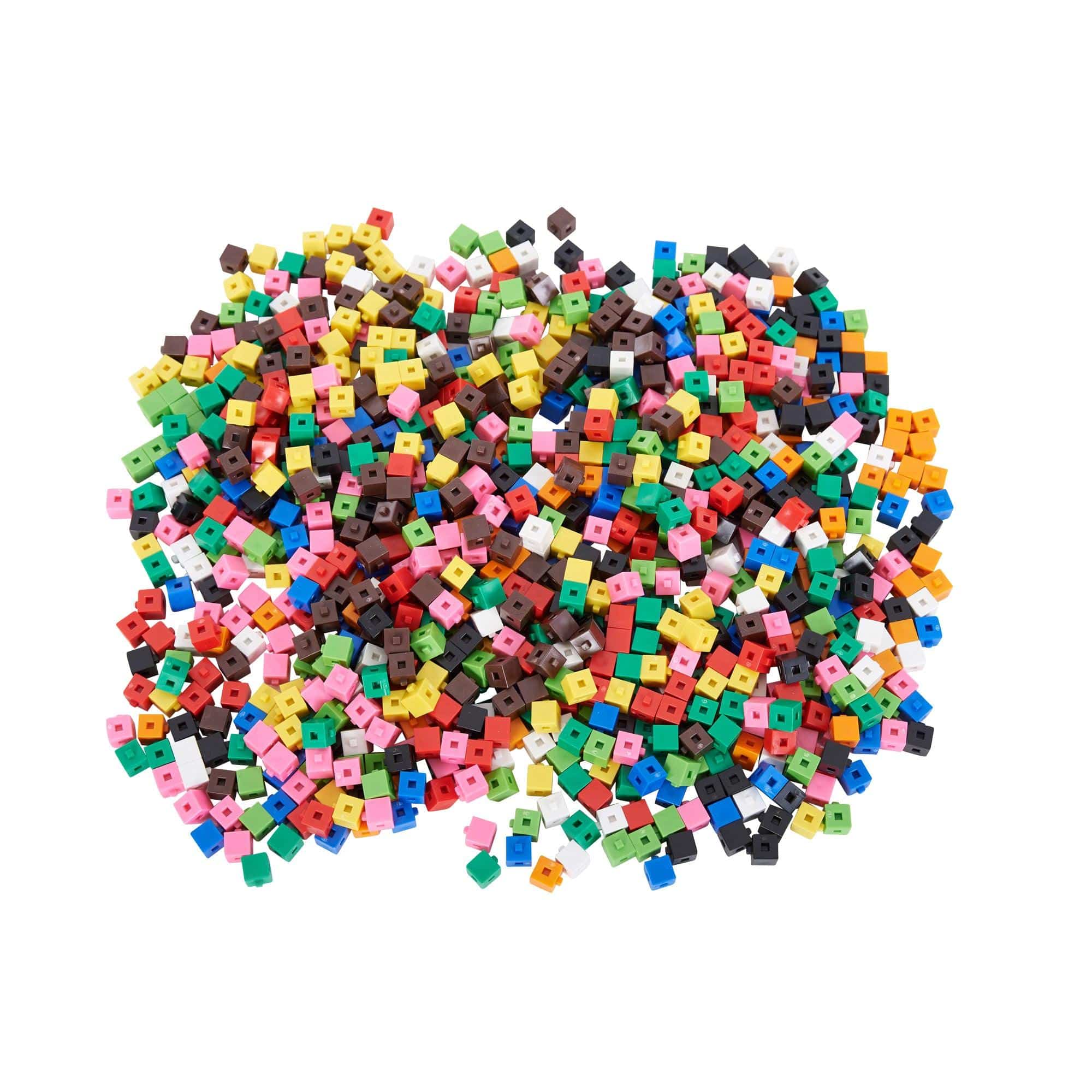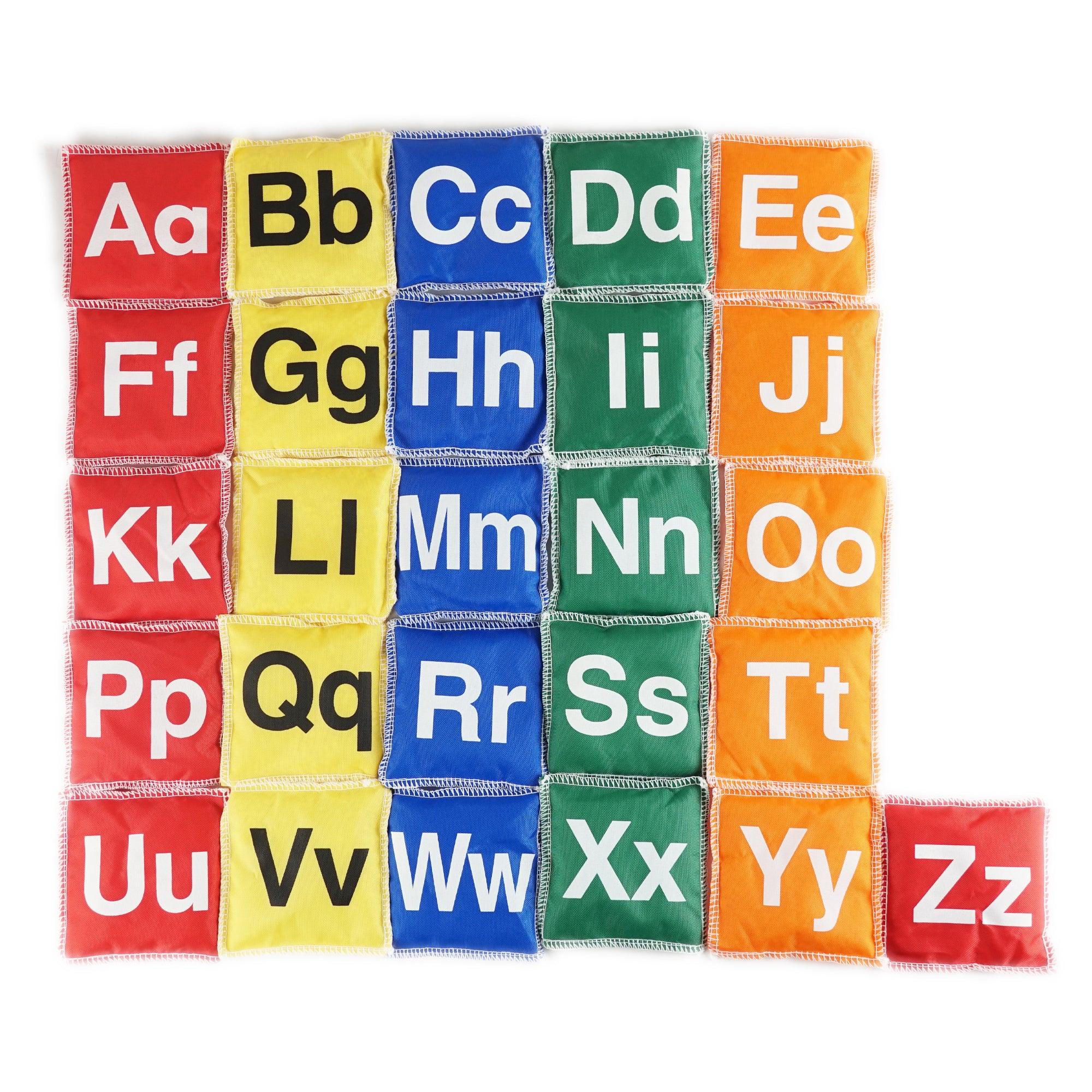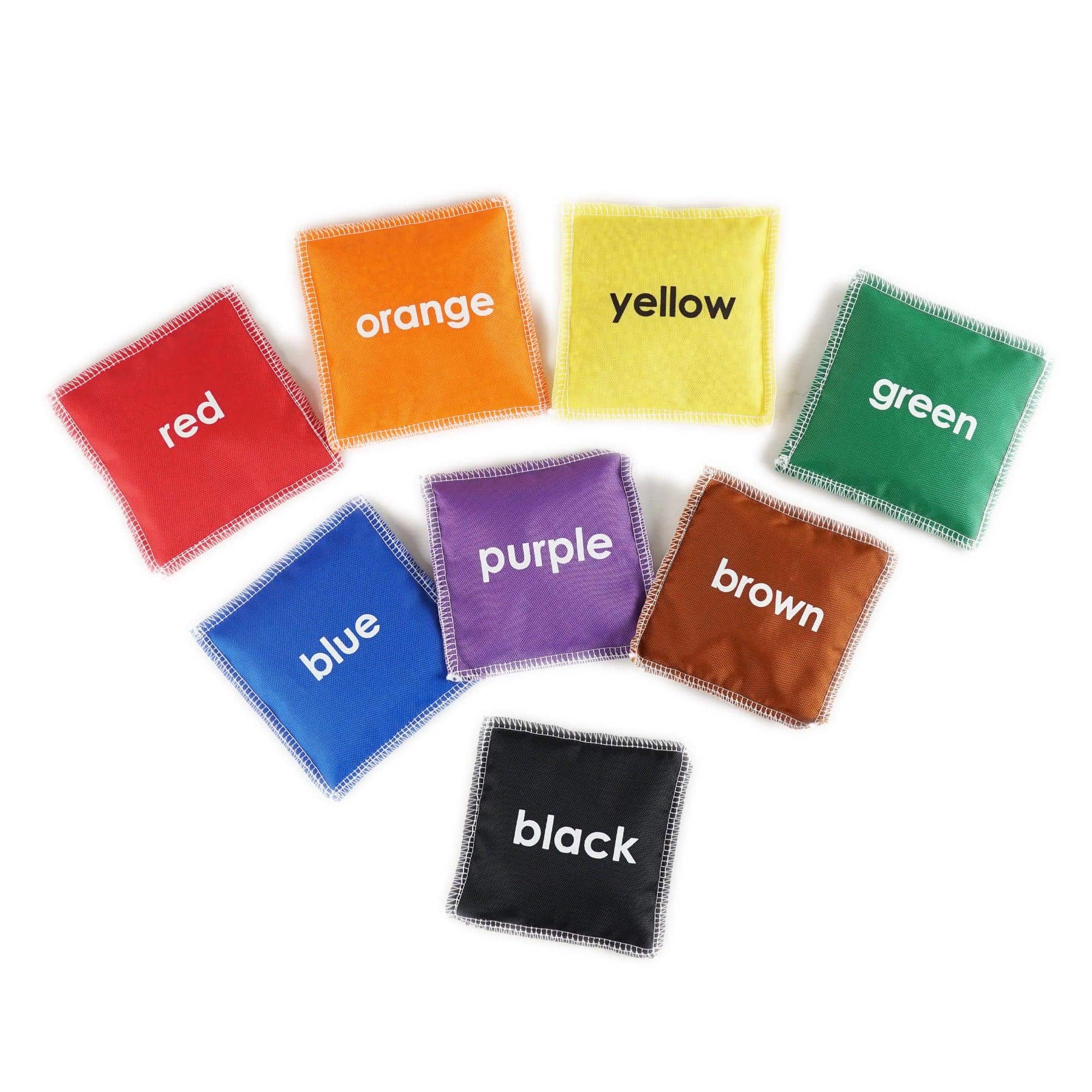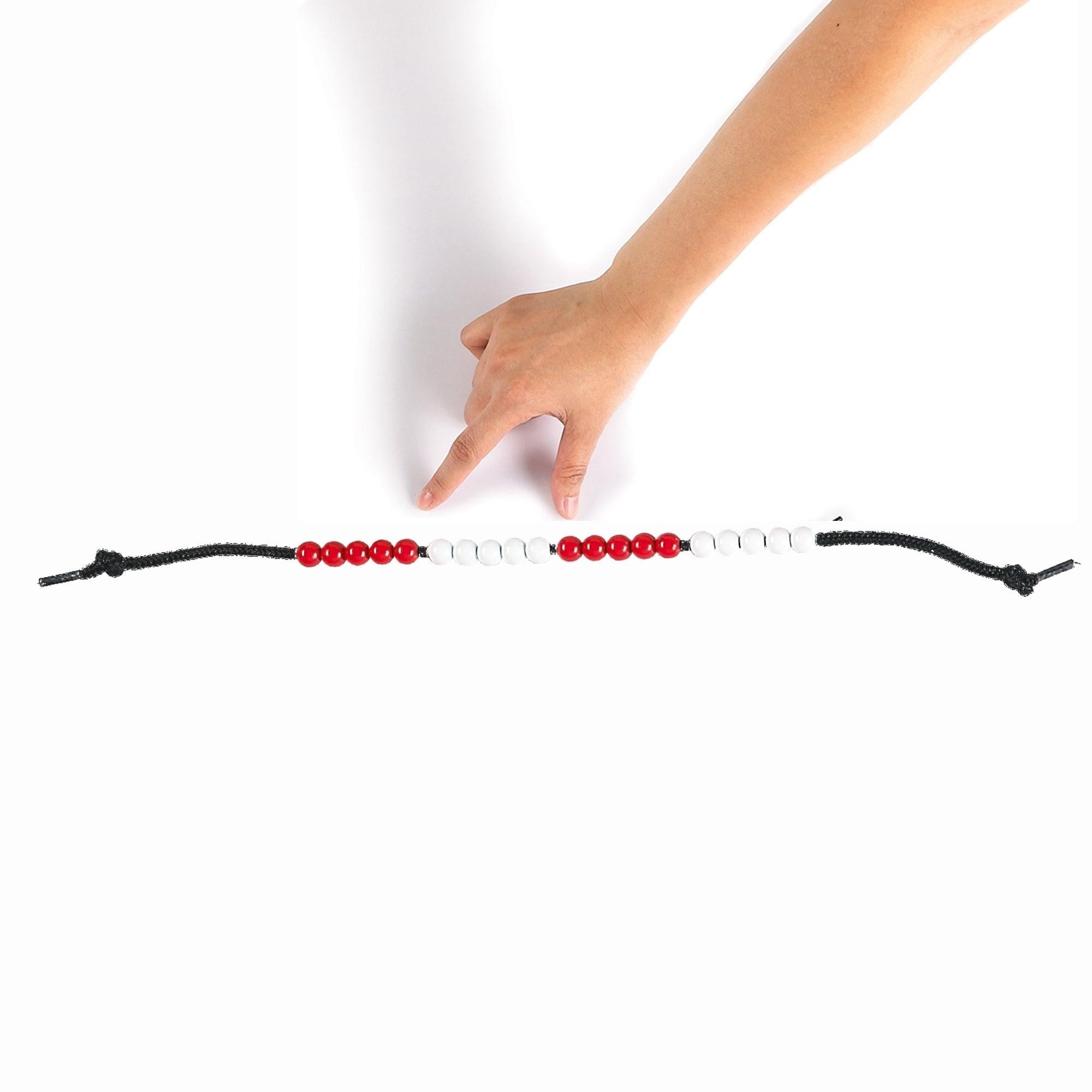The Relationship Between Toys and Mathematical Problem-Solving in Adolescence
Introduction
Adolescence is a crucial period of cognitive development, and this includes the development of problem-solving skills. While formal education plays a significant role in enhancing mathematical abilities, the usage of toys tailored to stimulate problem-solving can be greatly beneficial. This article examines the noteworthy relationship between toys and mathematical problem-solving in adolescence.
Key Features of Toys for Mathematical Problem-Solving
Here are some important features to look for in toys that promote mathematical problem-solving:
1. Open-Ended Design
- Allows adolescents to explore and experiment freely
- Encourages creative thinking and problem-solving
- Promotes independent learning
2. Manipulative Components
- Hands-on elements engage adolescents in tactile learning
- Develops fine motor skills along with mathematical abilities
- Enables concrete understanding of abstract mathematical concepts
3. Logical Thinking Challenges
- Presents puzzles, mazes, or logical games
- Requires strategic thinking and logical reasoning
- Enhances critical thinking skills
4. Problem-Solving Scenarios
- Simulates real-life problem-solving situations
- Encourages adolescents to apply mathematical thinking to solve practical challenges
- Strengthens the connection between math and real-world applications
5. Collaborative Potential
- Enables group problem-solving activities
- Fosters social interaction, teamwork, and communication skills
- Supports cooperative learning
The Benefits of Toys in Mathematical Problem-Solving
The incorporation of toys specifically designed for mathematical problem-solving can yield several advantages for adolescents:
1. Motivation and Engagement
Playing with toys that encourage mathematical thinking can make the learning experience enjoyable and engaging. This boosts motivation and encourages adolescents to actively participate, leading to improved problem-solving skills.
2. Development of Mathematical Concepts
Toys provide a hands-on approach to learning math concepts. With various manipulative components, adolescents can grasp abstract ideas more easily and develop a solid foundation in mathematical principles.
3. Cognitive Skills Enhancement
Working through problem-solving scenarios and logical challenges can enhance cognitive skills, such as critical thinking, strategic planning, and logical reasoning. These skills are transferable and can be applied to various academic and real-life situations.
4. Self-Directed Learning
Toys with open-ended designs promote independent thinking and exploration. Adolescents can take ownership of their learning process, making decisions, and finding solutions autonomously. This fosters self-directed learning and nurtures a growth mindset.
5. Social and Emotional Development
Collaborative toys allow adolescents to work together, fostering social skills, teamwork, and effective communication. By engaging in cooperative problem-solving activities, adolescents build confidence, learn to negotiate, and respect diverse perspectives.
Conclusion
Incorporating toys that encourage mathematical problem-solving in adolescence promotes an interactive and enjoyable learning experience. The key features mentioned, along with the benefits outlined, highlight the significance of utilizing toys as tools to enhance mathematical problem-solving skills. By embracing the relationship between toys and mathematical problem-solving, educators and parents can support adolescents in developing strong problem-solving abilities that will benefit them throughout their academic and professional journeys.




